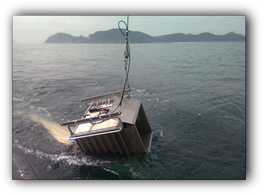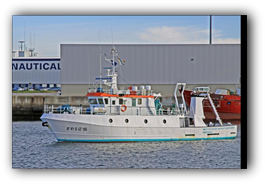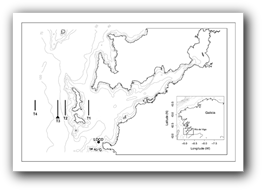Continuing with the research line that ECOBIOMAR is being developing during the last decade in
Galician waters, the main objective of this project is to study the impact of atmospheric-
oceanographic parameters on the abundance, distribution and trophic ecology of the early stages of
neritic cephalopods (pelagic paralarvae) in the seasonal upwelling area of the Ría de Vigo. Special
attention is placed in the common octopus Octopus vulgaris, a socioeconomically important
resource that supports in the NW Spanish waters the most important small-scale fishery in Europe.
The collection of biological and oceanographic samples will be made onboard the RV Mytilus, as
well as in other buoys and atmospheric stations located in the fishing area. The multi-net trawl gear
will allow to obtain accurate data on the vertical distribution of the paralarvae in relation with the
accompanist zooplankton and the different water masses. LARECO will be also pioneer in the
estimation of the age of the common octopus paralarvae using the stylets, which allow calculating
the hatching season growth rates and mortality. These parameters are, apart from the abundance,
absolutely necessary to refine the management of the common octopus resource.
On the other hand, the diet of Octopus vulgaris paralarvae will be assessed using molecular
biology. The results obtained, will be important for the development of the integral culture of the
common octopus, whose principal bottleneck is the supply of appropriate preys. Moreover, the
dietary studies will be complemented with the genetic detection of the most conspicuous parasites
of cephalopod paralarvae, entering their hosts through their prey. This novel approach will shed light
on the prevalence and possible causes of natural mortality produced by parasitation.
Small paralarvae of some neritic families are hardly identified (Loliginidae, Sepiolidae,
Ommastrephidae), thus hiding the real diversity of cephalopods in the Ría de Vigo and their
contrasting life cycles. One of LARECO's primary goals is to identify the different cephalopod
paralarvae found in the Ría genetically, because in some cases more than three different species
can be confounded and, consequently, their different life cycles, distribution patterns and
abundance.




